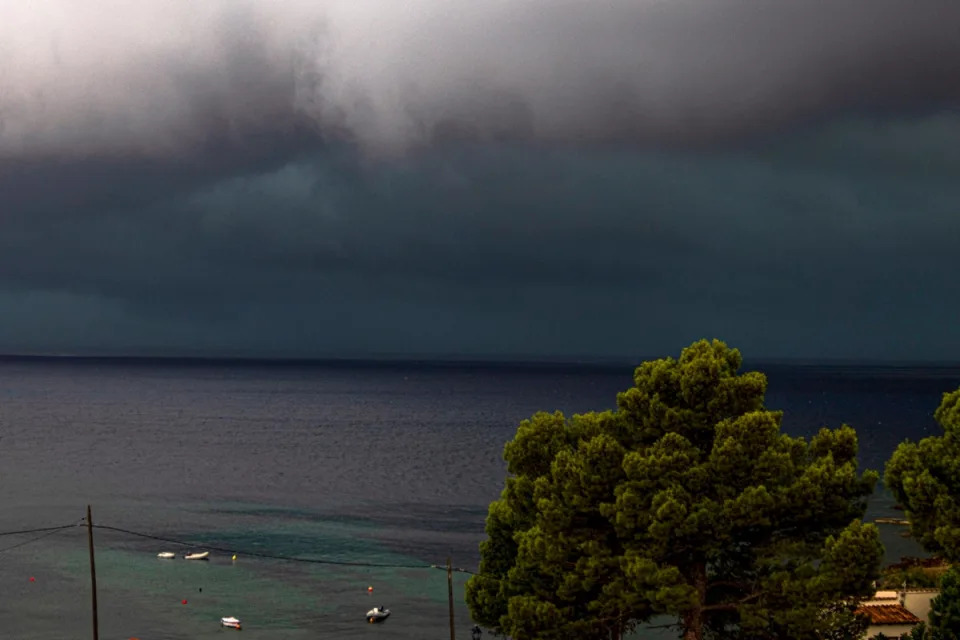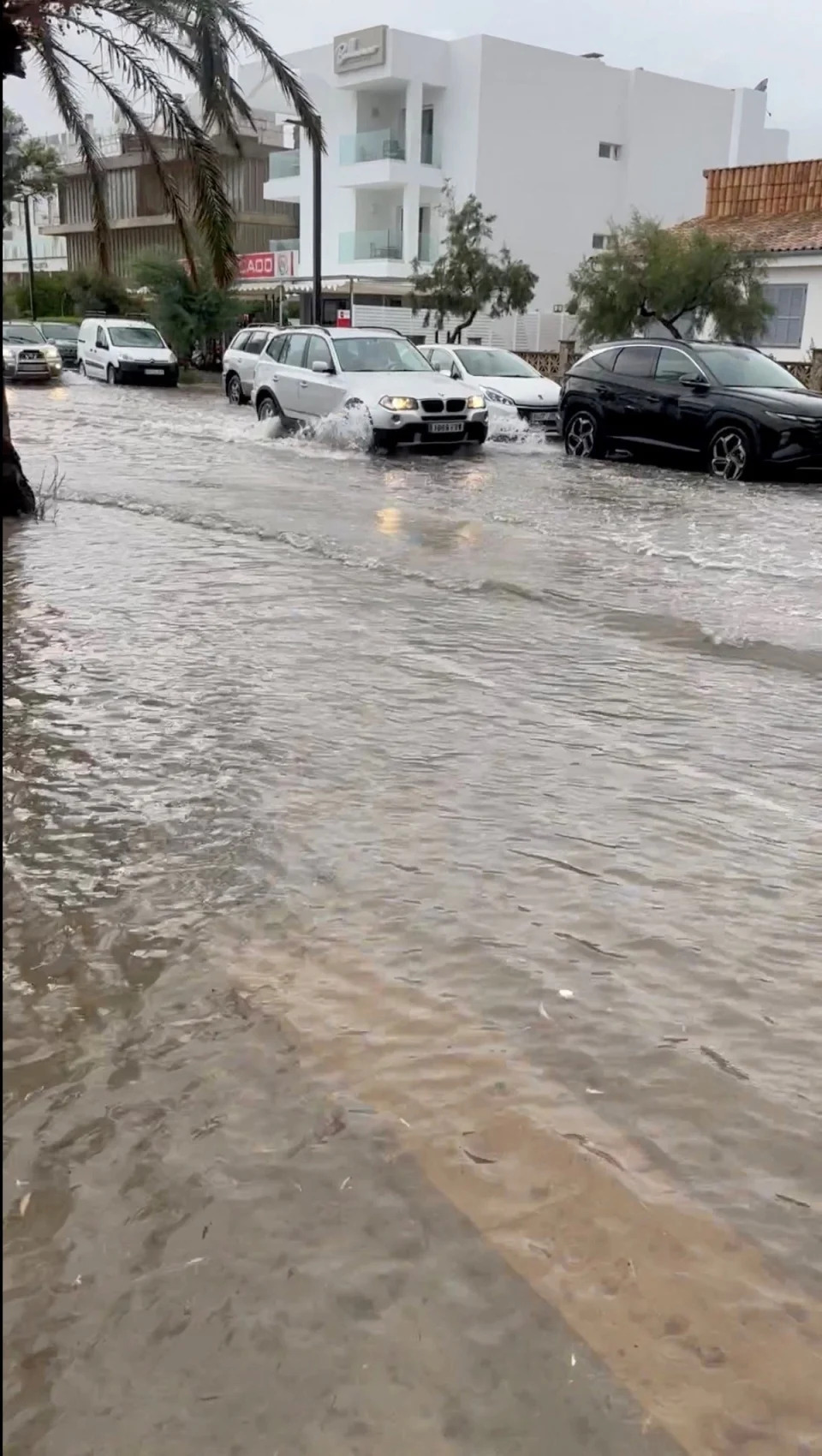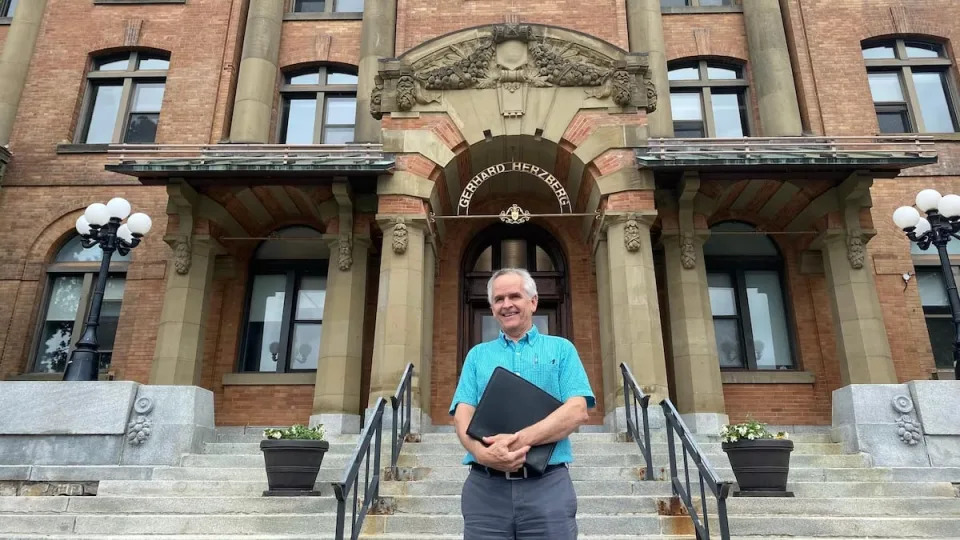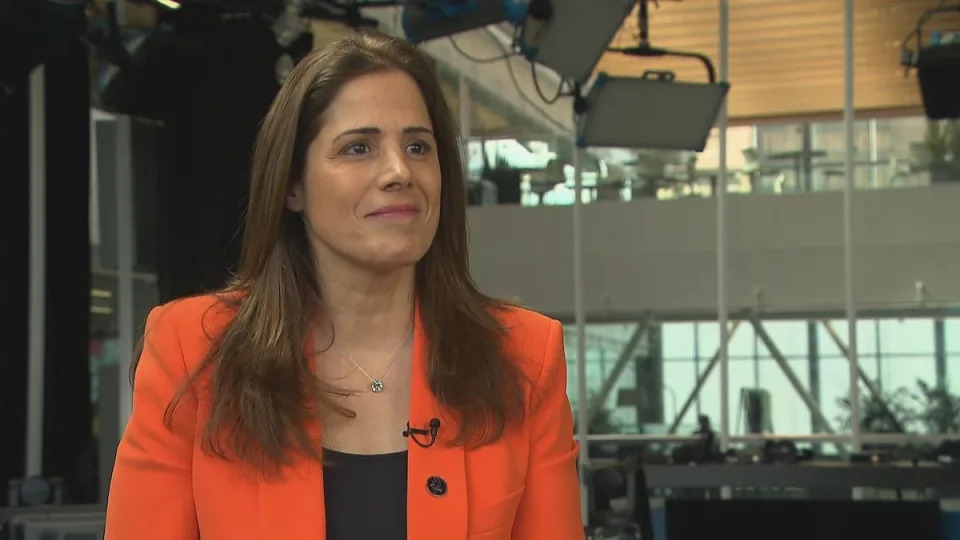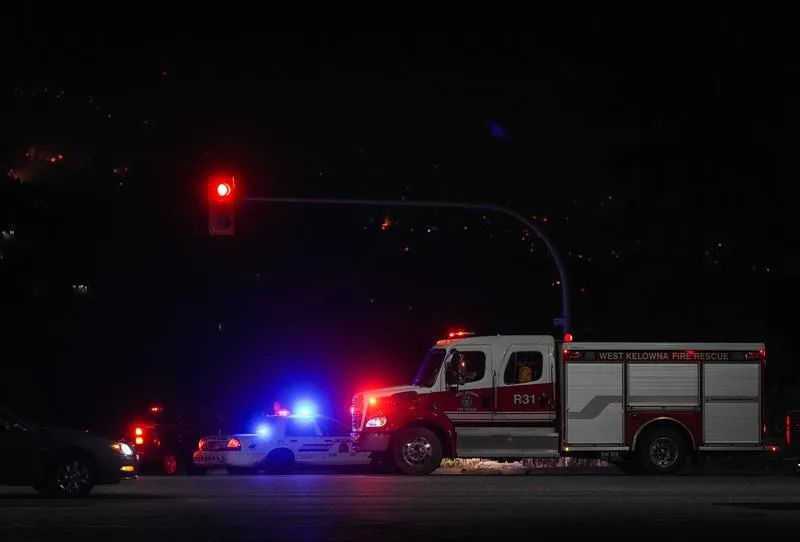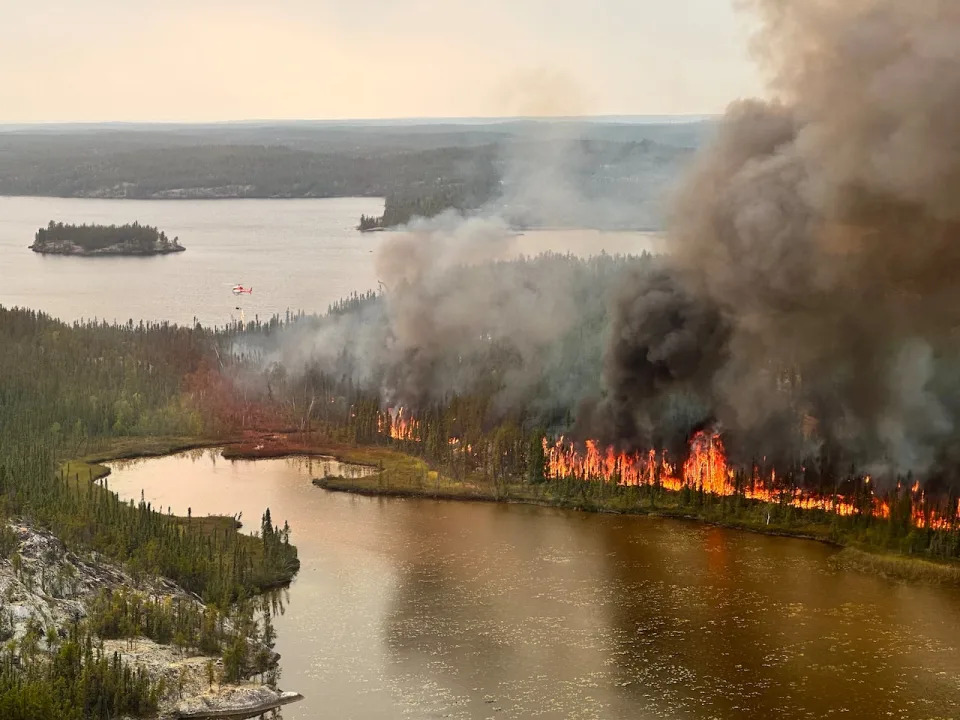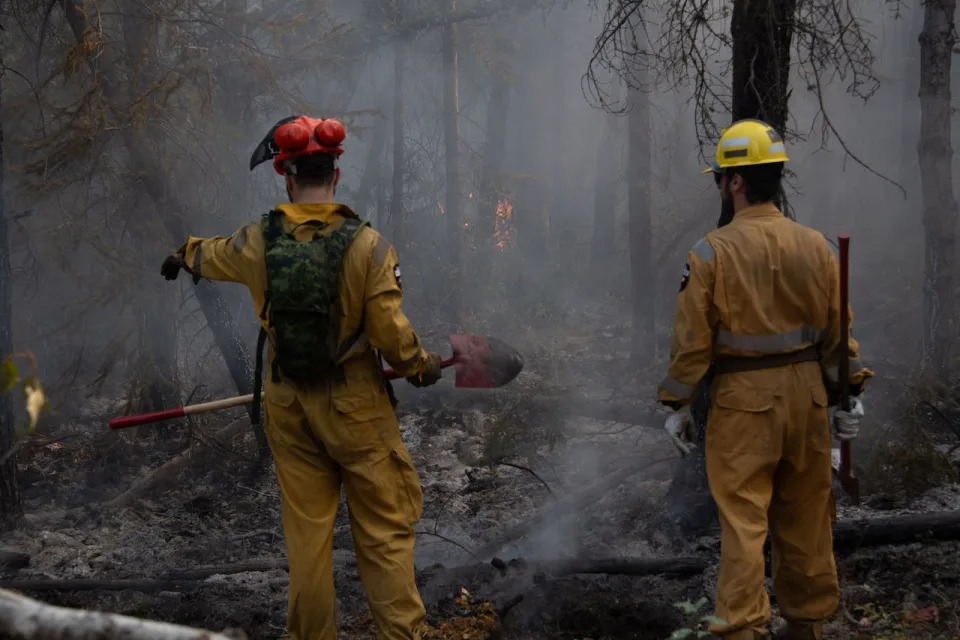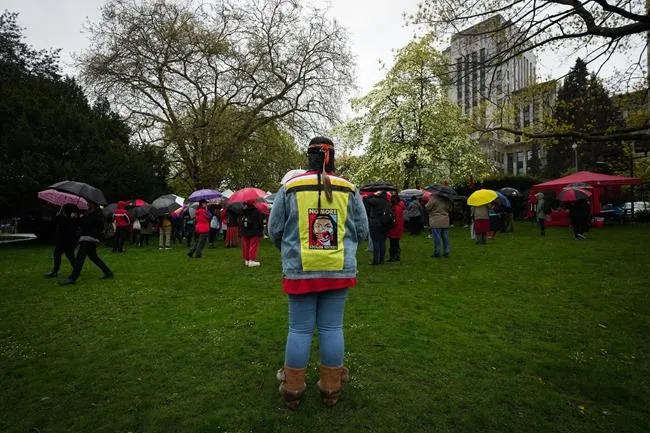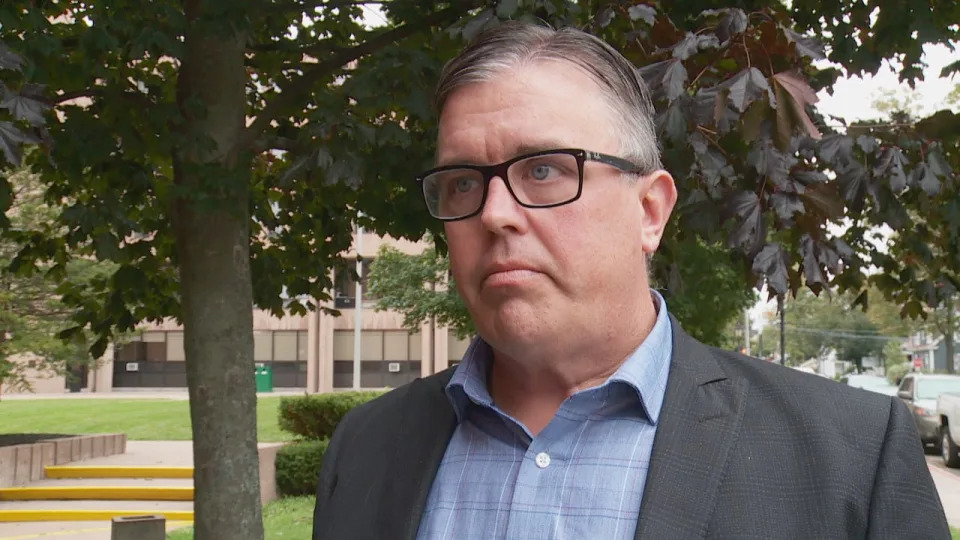UK
LABOUR EMBRACES AUSTERITY
Top economists pile pressure on SIR Keir Starmer to reverse Tory cuts
Jon StoneMon, 28 August 2023 at 1:28 am GMT-6·4-min readTop economists have piled pressure on Keir Starmer to break with Tory spending plans amid anxiety over Labour's policy direction if it wins the next election.In a letter seen by The Independent, 70 prominent academics say they are "concerned" at the party's programme for government and warn that failing to reverse cuts would "deepen the poverty and hardship many are already facing".Labour last month said its fiscal rules might not allow it to reverse cuts like the two-child benefit limit or bedroom tax, between them responsible for putting hundreds of thousands of families in poverty.Shadow chancellor Rachel Reeves also announced she would be scaling back the party's green investment plans, saying spending limits were "non-negotiable".The latest warning comes after Jim O'Neill, a prominent economist who coined the term BRICs and who until recently was advising the shadow chancellor, called for "petty and arbitrary" fiscal rules to be scrapped.In a sign of shifting feeling in the discipline, the former Goldman Sachs chief, an ex-Tory, wrote that parties needed to focus on increasing investment rather than trying to balance the books by restricting it.The latest letter, authored by economists and social policy experts, urges the opposition to revisit the "legacy of the last Labour government", which they say was "achieved by increased spending on services like Sure Start and child benefit".The letter’s authors include South Korean “rockstar” economist Professor Ha-Joon Chang, as well as Professors Kate Pickett and Richard Wilkinson, the authors of the influential book The Spirit Level, which informed speeches by Ed Miliband when he was Labour leader.Other signatories of the letter include Professor Brendan Burchell, president of Magdalene College at the University of Cambridge, and Professor Ruth Lister CBE, a Labour peer and emeritus professor of social policy as Loughborough University."We, the undersigned, are concerned that your current economic programme for government will not transform the economic orthodoxy that has made this country poorer, less cohesive and more unequal than fifteen years ago," the letter says."The maintenance or extension of cuts in the current economic climate will only serve to deepen the poverty and hardship many are already facing."We believe it is the duty of an opposition to, where necessary, present an alternative vision for the future and when it comes to economics."
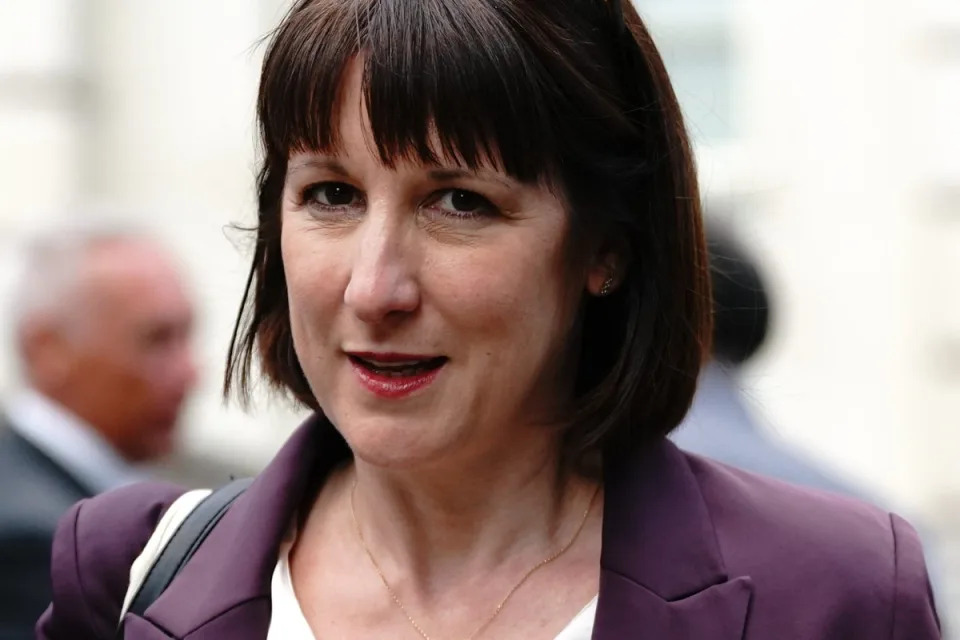
Shadow chancellor Rachel Reeves has called for ‘iron’ fiscal discipline (Victoria Jones/PA) (PA Wire)
The economists urge the opposition to move away "from an out of date, economically and socially destructive approach towards a model which improves wellbeing, works in alignment with our environment, and achieves social justice".
They warn: “Failure to table an alternative will mean not only wasting that opportunity but many lives and futures as well."
Asked to respond to the letter, a Labour spokesperson told The Independent the party would have to make “tough choices”.
Ms Pickett said: “We need our next government to have a clear vision to protect and promote the wellbeing of both people and planet. New economic models, based on social rights, are there to underpin an attractive and feasible future for the UK.”
The letter says reversing benefit cuts and raising spending on public services would not just help reduce poverty, but also on the wider economy, providing "a sturdy backbone to household finances" that would in turn stimulate growth – which has been at the core of Labour's rhetoric.
The opposition has said that day-to-day spending will be completely covered by taxes and that the party will “get debt as a share of our economy falling by the end of the next parliament”.
Koldo Casla, director of the Human Rights Centre Clinic, and co-author of the letter, said: “In the face of global warming, harmful inequalities and rampant inflation, more than an opportunity, Labour has the historic responsibility of presenting a transformational alternative grounded on social rights."
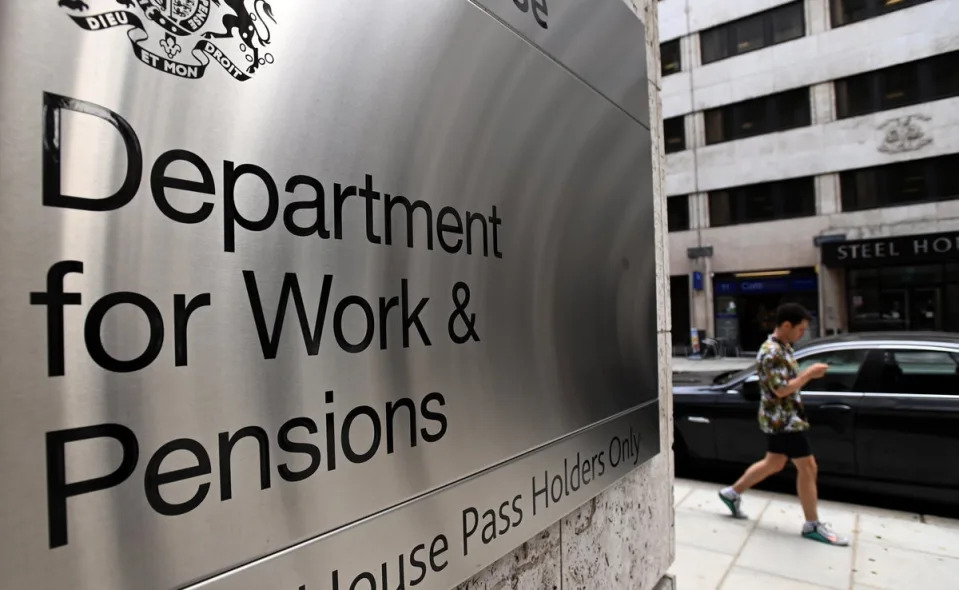
Labour has said it may not reverse major Tory benefit cuts (EPA)
She said the party should enshrine social rights like housing and health in law to "set a roadmap for public policy" and that these should inform its spending decisions.
Jennifer Nadel, co-director of the think-tank Compassion in Politics, which organised the letter, told The Independent: “Now is a unique opportunity for change. The public have seen through austerity. An election is on the horizon. Labour - and indeed every party’s - mission must be to show bravery and ambition in articulating a new and better vision for the future of the economy and our country.”
Responding to the letter, a Labour Party spokesperson said: “With Keir Starmer’s leadership, Labour has transformed into a party ready to govern for the whole country.
“The Tories crashed the economy, saddling working people with a Tory mortgage bombshell and less money in their pockets. This means an incoming Labour government would have to make tough choices.
“We will put a serious, credible and ambitious policy programme to the country, for a mission-driven Labour government that will build a better Britain. That includes growing a strong economy by strengthening workers’ rights and making work pay, underpinned by fiscal responsibility.”
RED TORIES
Business interest in Labour conference soars, party says
Sophie Wingate, PA Political Correspondent
Sat, 26 August 2023
Labour has attracted a surge of interest from business at its annual conference in October, as shadow chancellor Rachel Reeves ruled out any version of a wealth tax under a Labour government.
The Opposition, which continues to ride high in the polls, said its latest figures show the number of attendees at its business forum has risen by 50% in a year.
It is described as the “flagship engagement event for business” at the four-day gathering in Liverpool.
The website for the event states there are no more tickets available, and Labour said on top of the 200 people already signed up, a further 150 are on the waiting list.
Labour said the increased corporate presence demonstrates it is now the “party of economic growth”.
Sir Keir Starmer is expected to use this year’s conference to set out how a government led by him will revive a sluggish economy, with planning reforms central to the party’s bid to build its way back to economic growth.
The Labour leader, who is stepping up his efforts to woo business chiefs ahead of a likely general election next year, has indicated income tax for top earners will not be raised if his party forms the next government.
Ms Reeves confirmed the tax hike is off the table, as is a levy to target wealth or expensive properties and an increase in capital gains tax.
In an interview with The Telegraph, the shadow chancellor said: “I don’t see a route towards having more money for public services that is through taxing our way there.
“It is going to be through growing our way there. And that’s why the policies that we’ve set out are all about how we can encourage businesses, big and small, to invest in Britain.”

Ms Reeves and Sir Keir Starmer will fire the starting gun on their general election campaign at October’s Labour conference (Stefan Rousseau/PA)
She also told the newspaper her preparations for office include “spending an awful lot of time with businesses”.
Party donations are increasingly coming from businesses, and Labour said it expects to make up to half a million pounds from business sponsorship this year, up from £200,000 in 2022.
A spokesperson for the Labour Party said: “With Keir’s leadership, the Labour Party is once again the party of economic growth.
“At this year’s conference, we will be setting out how a mission-driven Labour government will deliver economic growth across all parts of the country and give Britain its future back.”
It will also be the first Labour conference to feature a half-day event for small and medium-sized firms to discuss Labour’s plans to reboot the economy.
The Labour Party conference will take place on October 8-11, following the Conservatives’ conference to be held in Manchester on October 1-4.





